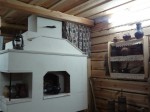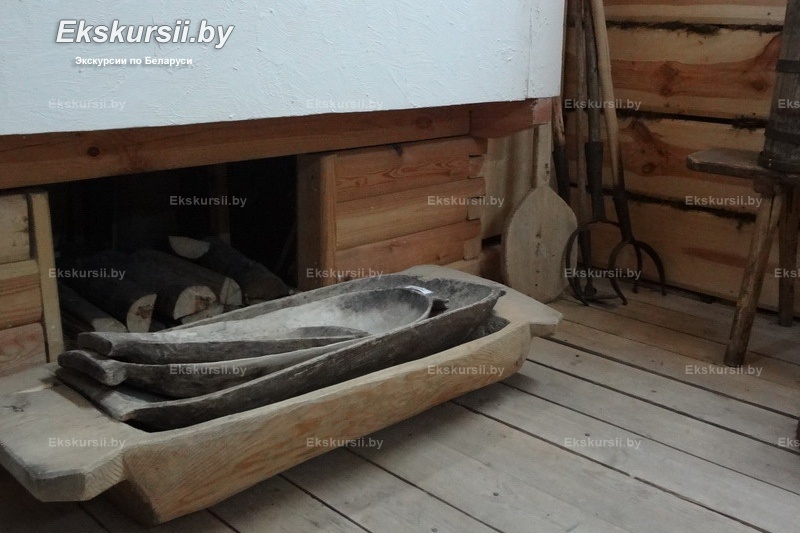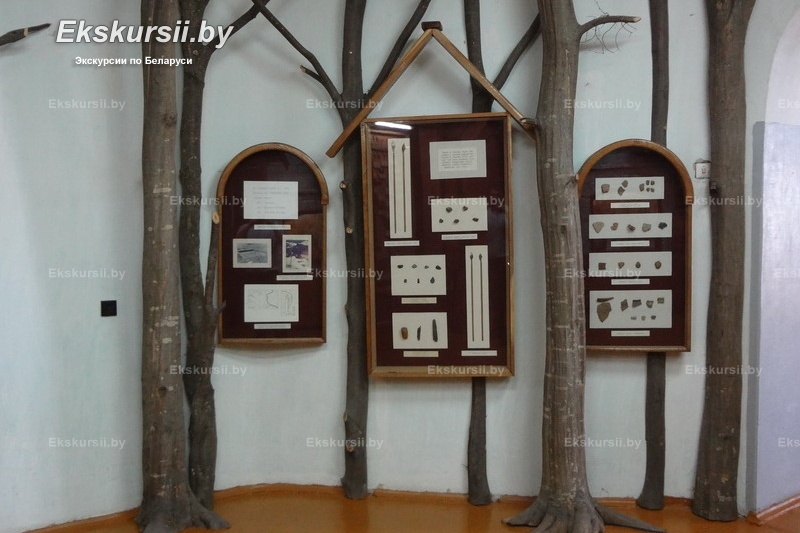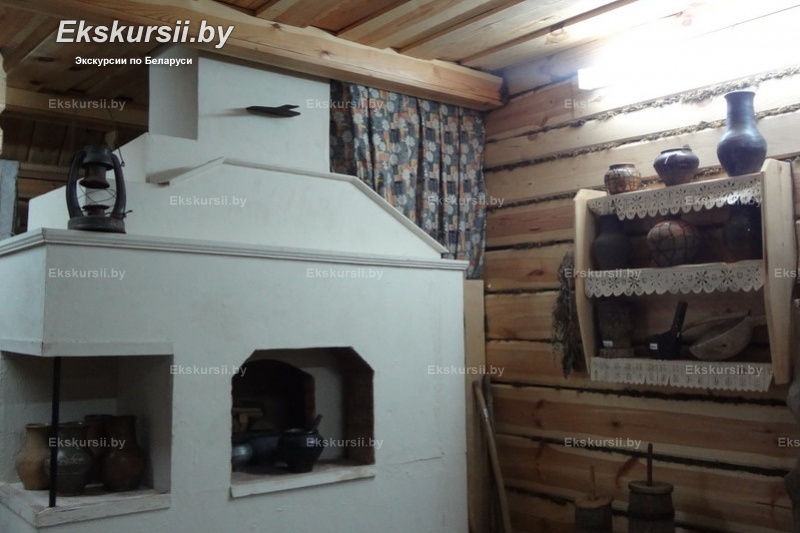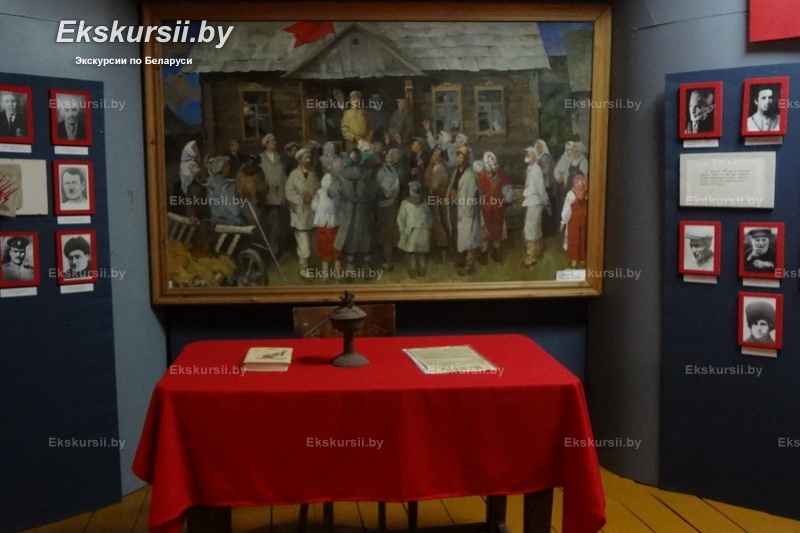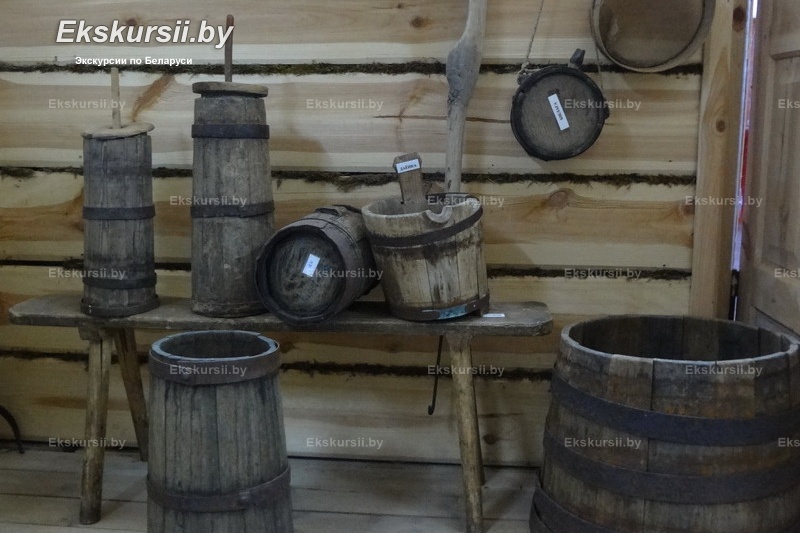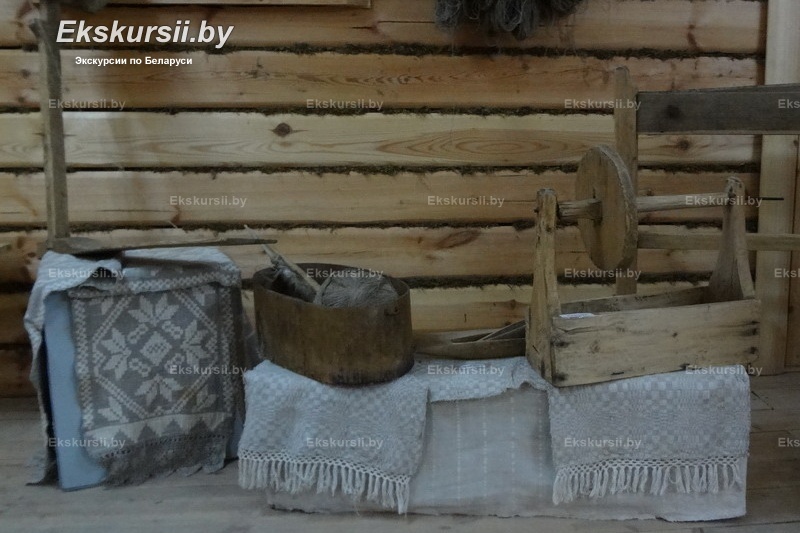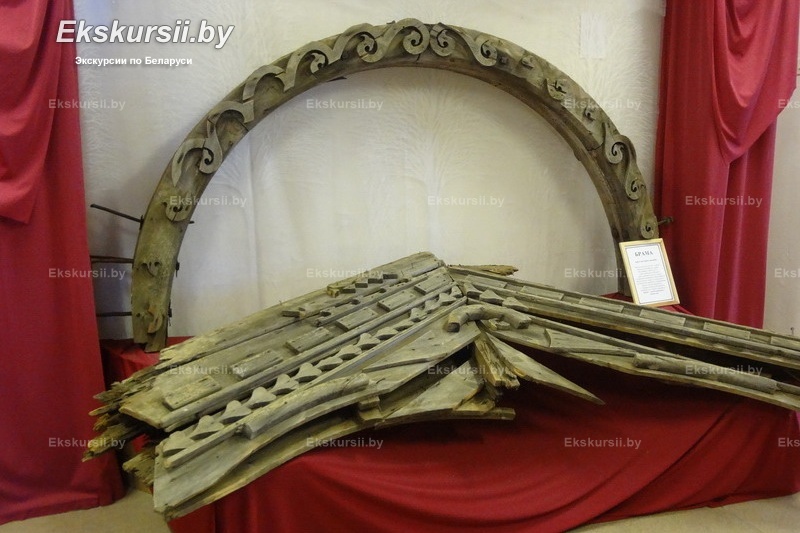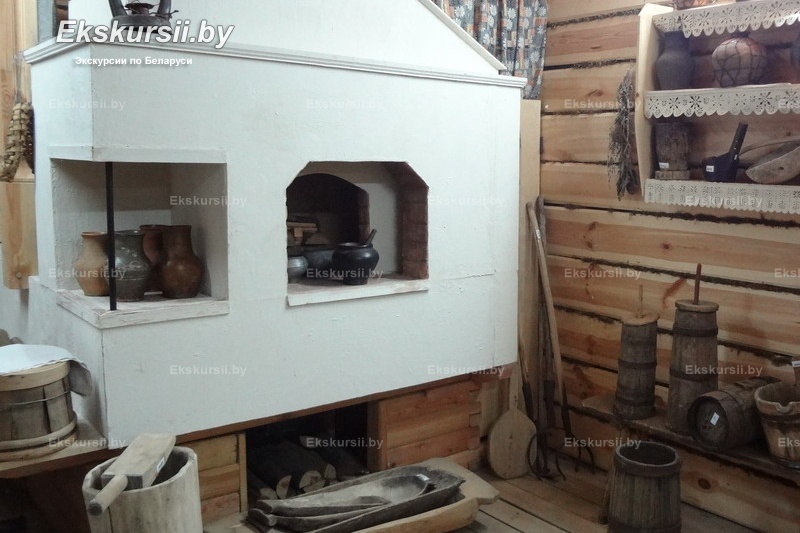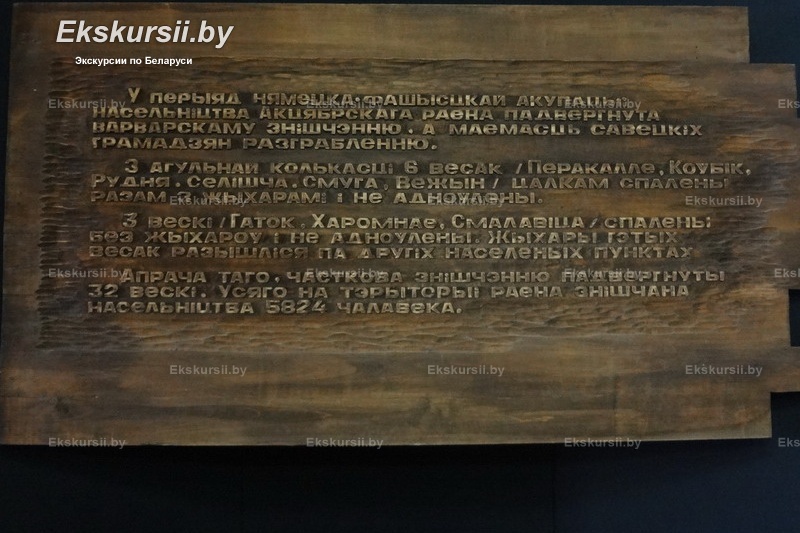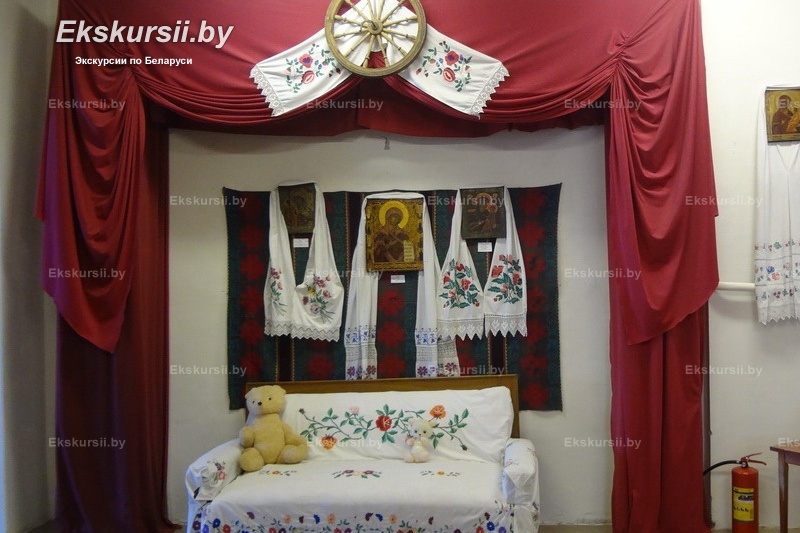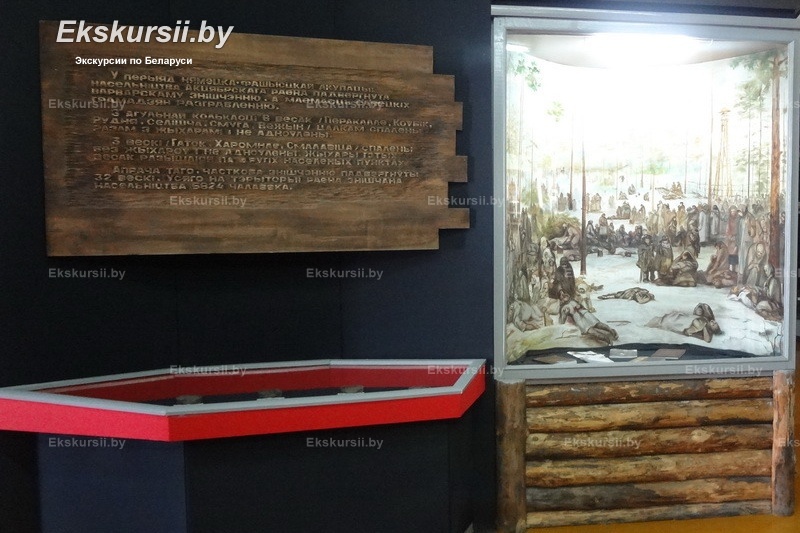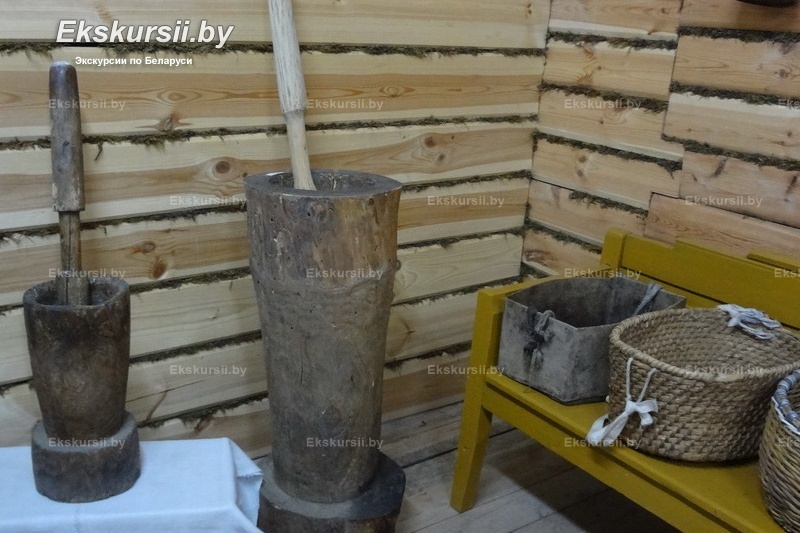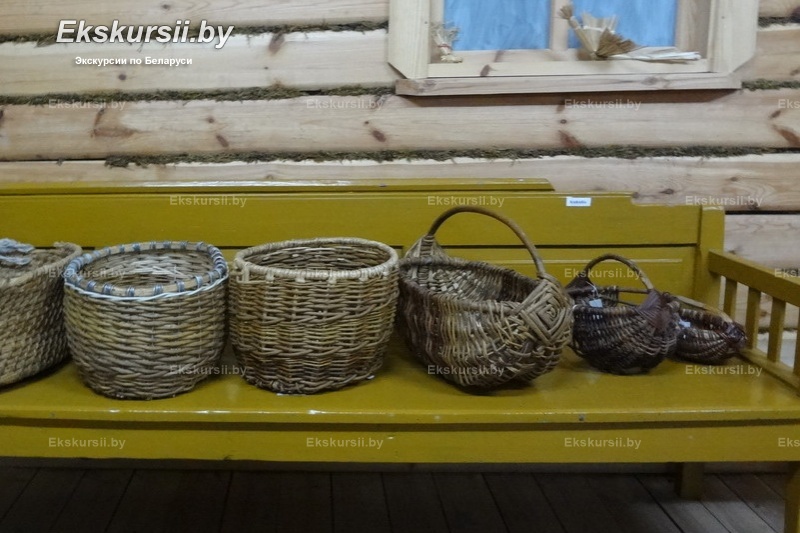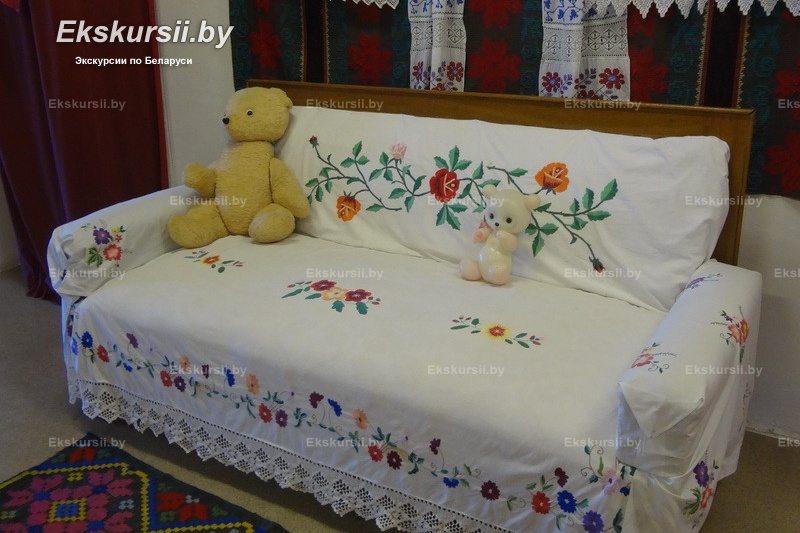The museum organizes lectures on the history and culture of the area, round table tournaments and educational history and culture of the area for important dates and anniversaries, historical events , topical issues of the day, Christmas party, play Christmas program "The estate of Santa Claus", presentation Batleika "King Herod", "Christmas carols star" hudozhstvennye historical, musical and literary composition of the scenario of anniversary , holiday dates, on the topic of military-patriotic and moral education, festive evening famous and distinguished people of the area on the developed scenario, associated with the achievements of man, his family and moral qualities Museum occupation "Master Class" for the production of filament - doll charms, products made of straw, salt dough, cardboard, etc. In the museum there is a souvenir, presented souvenirs of straw and salt dough, thread and clay charms, money bags, amulets made of medicinal herbs, embroidery. October Center of History and Culture awarded certificates of district and regional management Culture, Ministry of Culture of the Republic of Belarus.
Search
Oktyabrski center of history and culture
museums
Description
Opening Oktyabrski center of history and culture was held May 6, 1995 as the Museum of National Glory of the Cinquantenaire in honor of Victory in the Great Patriotic War, and in November 1995 it was reorganized into the Center for History and Culture of October district. The main activity is to collect , study, promotion and preservation of historical and cultural heritage of the area. In this connection, carries out scientific research and acquisition of assets. Due attention is paid to the scientific and educational work. The total number of museum objects is 3421 exhibits , general fund is 2146 , research and auxiliary is 1275. The exhibits are located in the building of the demonstration area of 176.2 m2, exhibition halls and exhibition halls of 120.0 m2 and presented in 4 permanent and 3 temporary traveling exhibition.
Exposure
”The land of our forefathers” covers long- time boundary from the Stone Age to the XIX century. The first traces of human existence in the area are up to the Mesolithic - about IX - V millennium BC. Witnesses about it are in the windows , which depict the results of the archaeological investigation 30-90- ies. " Drigovichi " is theme carries over into the early Middle Ages IX - XIII century. The narrator of one of the many Slavic tribes that played a huge role in the origin of the Belarusian people. "In the Grand Duchy of Lithuania" - in the XIV century, together with other lands of the Belarusian Dnieper Rudobelka became part of the ON. Since the beginning of XVI century to the XVIII century Rudobelka was one of the estates of princes Radyvyliv. "As part of the Russian Empire". At the end of XVIII century, our lands became part of the Russian Empire. In these times, the owner of the estate was Rudobelka noble family Lapp . One of the sons Dominic Paws - Alexander was among the rebel K.Kalinowski in 1869. Second - Michael participated in the uprising of the Decembrists. Their vzrostila Rudobelskaya land.
”Rudobelka - the edge of the guerrilla” tells the story of the partisan movement during the Civil War and the Great Patriotic War. "Rudobelka revolutionary". The first steps of Soviet power, at this time there was a legendary Rudobelskaya Republic, came the first guerrilla group "Red October". 20 - 30 years of life the edge is the formation of agriculture, education, region, achievements and successes of repression. The first day of the war on Oktyabrschine, the organization of the October guerrilla zones, underground printing, forest schools, people who conquered their land, the atrocities of the Nazis. All this you will find in the rooms that reflect the events from 1917 to 1944.
”Shrines around us” collection of icons "Shrines Places Around Us" represents the 12 major Christian holidays. Among the 12 - and holidays celebrated by the faithful with particular splendor , there are icons associated with life of the Virgin. These are: 1. Nativity of the Virgin (September 21), 2. The Presentation of the Virgin Mary (December 4), 3. The Annunciation (April 7), 4. Assumption (28 August), 5. Nativity of the Virgin (September 21). The exhibition also present four-part icons, which are also called "four tiles", " four stamps". There are still several plot groups icons depicting various holidays, such as Christmas, Streteniya, Assumption and many others; icons with images of various saints, such as St. George, St. Peter and St. Paul. Visitors with an interest acquainted with images of ancient art , with the underlying stories. These stories of ancient art, gleaned from the words of the Christian , for the most part familiar to all Christian people. But thanks to a special relation to the Christian way these stories are original base in Russia, a unique phenomenon in world culture - ancient Russian icon painting.
”Belarusian House” is represent life of Belarusian peasant of XVIII - XIX century. Attracted the attention of articles of cloth that was woven on a loom at home. The raw materials for them were hemp, flax, wool - all too own making: Belarusian costumes, clothing - and festive for the job, towels, blankets. All this is clearly on display. Are products of straw, ceramics, clay and wood, a variety of household items that were used in the peasant economy. This allows a connection of times past and new, that draws visitors, especially young people and students.
Working hours
Administration 09:00 - 18:00 weekend Saturday, Sunday
Cash 10:00 - 19:00 weekend Sunday, Monday
Exposure 10:00 - 19:00 weekend Sunday, Monday
On the map
Address
247319, Republic of Belarus, Gomel region, town October, Sovietskaya str., 2
Coordinates
Хотитете усановить PWA
